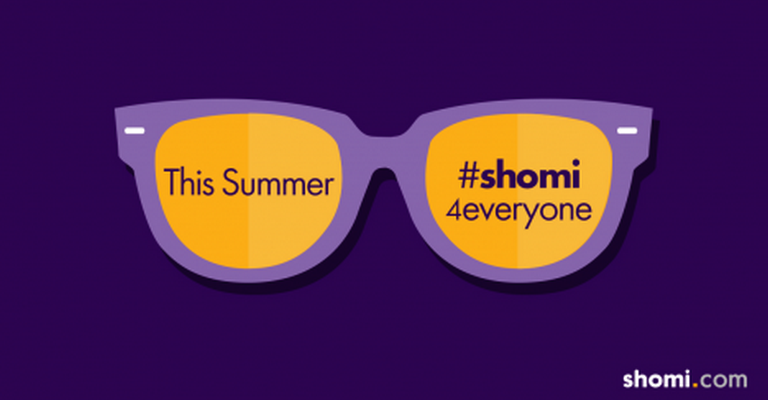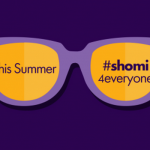
Canada, make room on your couch and time in your schedule – shomi is moving in! Following a successful beta launch in November 2014 to Rogers and Shaw Internet or cable customers, shomi is now coming to all Canadians across the country this summer.
The comapny is moving in and unpacking “great stuff” to watch – including exclusive series not available on other streaming services, celebrated Canadian content, human-curated collections, plus fun kids and family programming.
shomi has exclusive content deals for some of the most buzz-worthy TV series being produced today. Canadian exclusives such as Golden Globe-winner Transparent, Mozart in the Jungle, and Catastrophe; exclusive day-and-date releases of hot new series including iZombie and multiple award-winning Jane The Virgin; top-notch Canadian content including Vikings, Rookie Blue, and Mr. D; and past-seasons of some of the most popular shows on television, featuring Modern Family and Sons of Anarchy – these are just a few of the series that are coming this summer with shomi.
Beyond TV binges, shomi offers hand-picked movie favourites plus great kids-and-family content, including Thomas and Friends, Blue’s Clues, Johnny Test, Scooby Doo, and Boy Meets World.
shomi is accessible across the variety of platforms – tablet, mobile, online, Xbox 360, Apple TV, Chromecast, as well as set-top boxes for Rogers and Shaw TV subscribers; the service is also on offer to other distributors.




 2012 has been a huge year for
2012 has been a huge year for  According to experts in
According to experts in 







